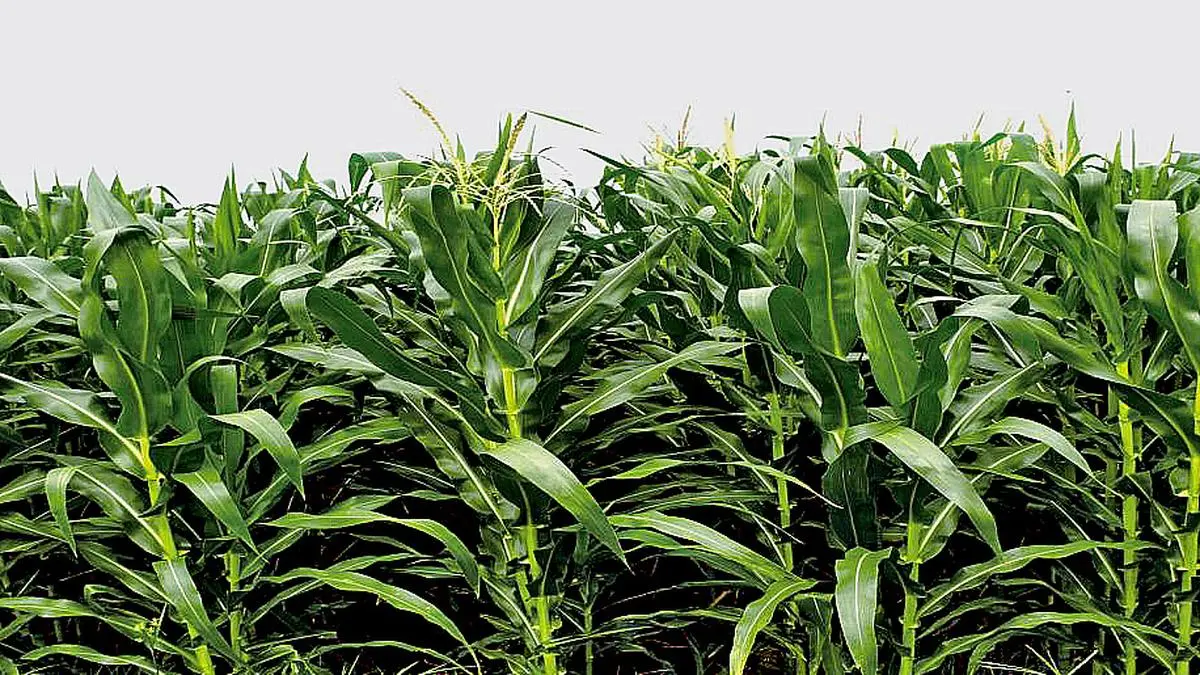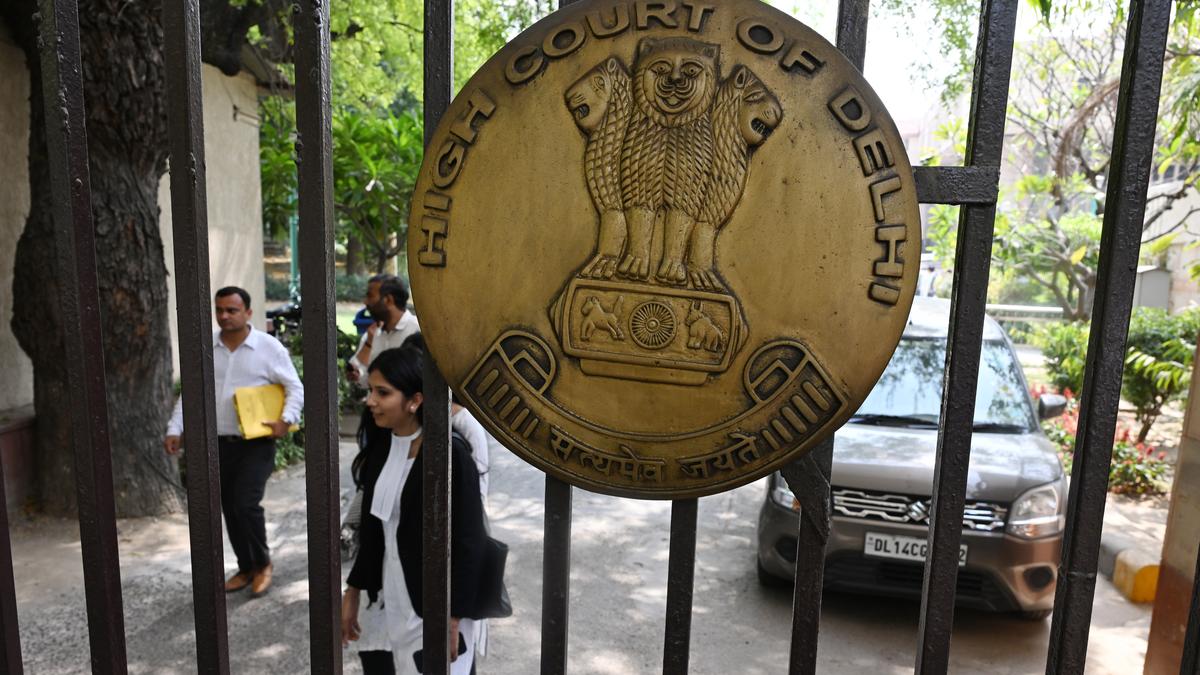By Kv Kurmanath
Copyright thehindubusinessline

The outlook for the 2025 kharif season is mixed but generally optimistic for nutricereals, also known as Shree Anna, across the country, with overall maize and millets acreage showing an increase, despite regional variations. Backed by a good minimum support price (MSP) of ₹2,400 a quintal and the demand from both the ethanol and feed sectors significantly growing, maize leads the growth of the nutricereal crops in the season.
As of September 5, 2025, the total area covered under coarse cereals nationally was 91.71 lakh hectares (lh) against 179.62 lh in the same period a year ago, marking an increase of 12.09 lh. This expansion in area coverage reflects a dynamic agricultural landscape influenced by diverse factors, including rainfall patterns, market demand, and government support prices. Maize, in particular, has emerged as a significant gainer this season, with its area coverage reaching 94.62 lh, an increase of 10.32 lh over the 84.30 lh reported in the previous year.
Divya Kumar Gulati, President of the Compound Livestock Feed Manufacturers Association (CLFMA), recently told businessline that the animal feed industry would require nearly two-thirds of the 36 million tonnes of maize that the country produces. “The ethanol industry requires 8-9 million tonnes. Both the requirement for the feed industry and ethanol will grow over the next few years,” he said, indicating that maize will be in huge demand going forward.
Responding to market signals
However, other key nutricereals are exhibiting varied performance: jowar area is witnessing a slight increase to 14.05 lh, up from 14.01 lh last year, while ragi acreage rose to 9.84 lh from 8.93 lh last year, an increase of 0.91 lh. In contrast, the area under bajra has dipped marginally by 0.07 lh at 67.89 lh against 67.96 lh a year ago. This broader national trend underscores the evolving cropping patterns as farmers respond to market signals and climatic conditions.
In Karnataka, the area under coarse cereals such as maize and ragi has increased this kharif season, while minor millets have experienced a decline. Maize has been the biggest gainer in terms of kharif acreage in the state. Against a target of 15.50 lh, maize has been planted on 18.27 lh till September 6. Farmers have consistently preferred maize since the beginning of the kharif planting season, driven by firm prices supported by demand from sectors such as ethanol and livestock feed manufacturers.
A section of farmers has replaced other competing kharif crops, such as chilli, groundnut, and pulses, with maize in the state. Ragi area has expanded to 6.91 lh, up from last year’s 6.68 lh. However, the area under minor millets has declined to around 0.26 lh compared with 0.42 lh last year.
Bajra prospects gloomy
Maharashtra’s kharif sowing season, spanning June and July with the onset of the southwest monsoon, has seen significant shifts in cereal cultivation. Rice, maize, jowar, and bajra remain the principal cereals. Last year, kharif jowar was sown on 1.05 lh, but this year the area has declined to 0.83 lh. Similarly, bajra cultivation has decreased from 401,193 hectares last year to 0.32 lh this year. Conversely, maize has recorded a substantial increase, with the cultivated area rising from 11.21 lh last season to 14.53 lh this year. In contrast, traditional cereals like jowar and bajra continue to see declining acreage.
In Gujarat, the current kharif season has seen bajra (pearl millet) sown on over 1.72 lh, representing a 2.7 per cent increase from the previous season. However, the production outlook for bajra has potentially been impacted due to severe flooding in Banaskantha, a district in North Gujarat, where a large portion of 1.21 lh of bajra fields were affected by excessive rain.
While official figures on crop loss are pending, government sources said that a sizable number of farmers could be affected due to flooding this month. Another nutricereal, jowar, primarily grown in the tribal-dominated central Gujarat districts, experienced a 40 per cent dip in area this year, with only 11,200 hectares sown compared with 19,000 hectares last season. The area under maize also decreased by 1.7 per cent, settling at 2.8 lh this season.
Telangana experienced an overall excess rainfall status during the South-West Monsoon from June 1 to September 10, 2025, with an average of 771.3 mm of rainfall against a normal of 634.3 mm, a 22 per cent surplus. This has influenced sowing across the State, with the total area reaching 53 lh, representing 98.87 per cent of the normal area of 53.61 lh. Maize cultivation in Telangana’s Vanakalam (kharif) season has shown a strong performance.
As of September 10, 2025, maize had been sown on 2.58 lh, which is a significant increase from the 2.12 lh covered during the corresponding period last year. This represents 122.16 per centof the normal area for maize. However, kharif is not a significant season for millets in the state.
Market outlook
The country’s maize crop is estimated at 422.81 lakh tonnes for 2024-25, a significant increase from 376.65 lakh tonnes in 2023-24, based on the 3rd advance estimates. Leading states in maize production include Madhya Pradesh with 67.10 lakh tonnes, followed by Karnataka (61.63 lakh tonnes), Maharashtra (48.76 lakh tonnes), Bihar (49.01 lakh tonnes), and Telangana (30.12 lakh tonnes), according to the figures compiled by Prof. Jayashankar Telangana Agricultural University officials.
They have pegged a price range of ₹2420 – ₹2,590 a quintal during September 2025. Various state-level factors are influencing these prices. “Maize prices in Uttar Pradesh stayed firm as arrivals met demand, though poor quality capped gains, while Bihar and Punjab saw lower arrivals providing price support, and Madhya Pradesh remained strong on feed and ethanol demand,” a university official said.
In Telangana, prices softened due to weak buying and new arrivals, while Andhra Pradesh remained steady on limited supply. Karnataka experienced higher prices due to strong industrial demand. Feed-grade maize prices averaged ₹2,391 per quintal in August, up from ₹2,348 in July, while ethanol-grade maize saw a rise to ₹2,554 per quintal from ₹2,522, driven by strong demand. Globally, the outlook also appears robust.
Record output
Maize production for the marketing year (MY) 2025-26 is projected at a record 43 million tonnes, up 2 per cent from last year. The area under the cereal crop is estimated at a record 115 lakh hectares, up 3 per cent from last year. The yield is estimated at 3.74 tonnes a hectare, down 1 per cent from last year.
The US Department of Agriculture’s Foreign Agricultural Service New Delhi Post reported that the kharif corn crop in major producing states was planted on time and was progressing well under adequate soil moisture conditions with no reports of any outbreak of pests or diseases. The major kharif corn production states are Telangana (25 per cent of the national total), Karnataka (17 per cent), and Madhya Pradesh (17 per cent). The higher production is expected to lead to lower imports, as the US Department of Agriculture has pegged them at 5 lakh tonnes.
(With inputs from Avinash Nair in Ahmedabad, Vishwanath Kulkarni in Bengaluru, Radheshyam Jadhav in Pune and Subramani Ra Mancombu in Chennai)
Published on September 15, 2025



